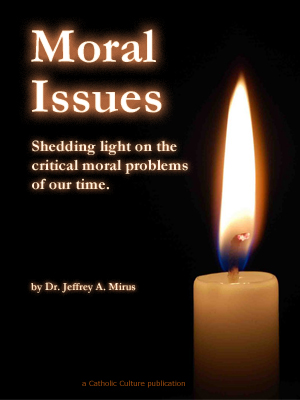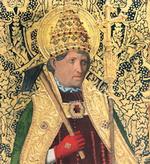Catholic Recipe: Black Bun
INGREDIENTS
- 2 cups flour
- 1/2 cup cooking fat (shortening)
- Water to mix
- Egg to glaze
- 2 cups currants (optional)
- 2 cups raisins
- 1/4 cup candied peel
- 1/2 cup chopped almonds
- 1 cup flour
- 1/2 cup soft brown sugar
- 1 tsp cinnamon or mixed spice (pumpkin spice)
- 1 tsp nutmeg or mixed spice (pumpkin spice)
- 1 tsp ginger or mixed spice (pumpkin spice)
- 1 tsp ground cloves or mixed spice (pumpkin spice)
- 1 tsp bicarbonate of soda (baking soda)
- 1 tsp cream of tartar
- 1 egg
- 3 tbsp black treacle (dark molasses)
- 8 tbsp milk (or whisky)
Details
Yield: 8 inch bun
Filling:
Prep Time: 3 1/2 - 4 hours
Difficulty: ★★★☆
Cost: ★★☆☆
For Ages: 15+
Origin: Scotland
Food Categories (3)
Similar Recipes (1)
Feasts (1)
In Scotland and the north of England the month of December was known as Hagmena from a Greek word meaning 'holy moon'. Hagmena - Hogmanay! The other suggestion is from the French 'homme est ne' - troi rois la', meaning 'a man is born - three kings are here', referring to the visit of the wise men to Jesus, 'Homme est ne' - Hogmanay! Take your pick.
The best known ceremony attached to Hogmanay is that of first-footing. As the clock strikes midnight the first-footer knocks on the door of a neighbour's home. The rules say that the first-footer must be male, dark-haired, and not flat-footed or cross-eyed. He carries with him a lump of coal, a sprig of mistletoe, some salt, money and, in some places on the coast, a herring. He enters without speaking, puts the coal on the fire, the mistletoe on the mantlepiece, the salt and money on the table, and then wishes everyone 'Happy New Year'. The visitor is then given a drink and something to eat. The gifts brought by the first-footer are symbols of heat, health, wealth and food, all of which are wished for the family in the comoing year. The ceremony is a celebration of friendship and neighbourliness. No one would go to visit a neighbour at New Year or during the days that follow without taking a gift. In some parts of Scotland the party may be a Ceilidh, a celebration of Scottish singing and dancing. The food served at Hogmanay would usually include sandwiches, Scottish cheeses, shortbread, and Black Bun.
DIRECTIONS
METHOD
1. Make the pastry by rubbing the fat (shortening) in the flour, and mixing to a soft dough with cold water.
2. Roll out two-thirds of the pastry to make a circle about 14 in./35 cm across.
3. Grease an 8 in./20 cm round cake tin and line it with the pastry.
FILLING
4. Mix all the dry ingredients together in a large bowl.
5. Mix the egg, treacle (molasses) and milk together and stir into the dry mixture.
6. Turn this all into the pastry case.
7. Roll out the remaining pastry and put it on top of the filling.
8. Moisten the edges of the pastry and fold the edge of the pastry case over the top and seal.
9. Glaze the top with egg and prick through the pastry to allow steam to escape.
10. Bake in oven at 350º F for 2 1/2-3 hours.
11. Turn out to cool. Store in airtight tin until required.
Recipe Source: Feasting for Festivals by Jan Wilson, Lion Publishing Corporation, Batavia, Illinois, 1990Tuesday of the Second Week in Ordinary Time; Opt Mem of St. Fabian, Pope & Martyr; Opt Mem St. Sebastian, Martyr
Free eBook:

|
| Free eBook: Moral Issues |





